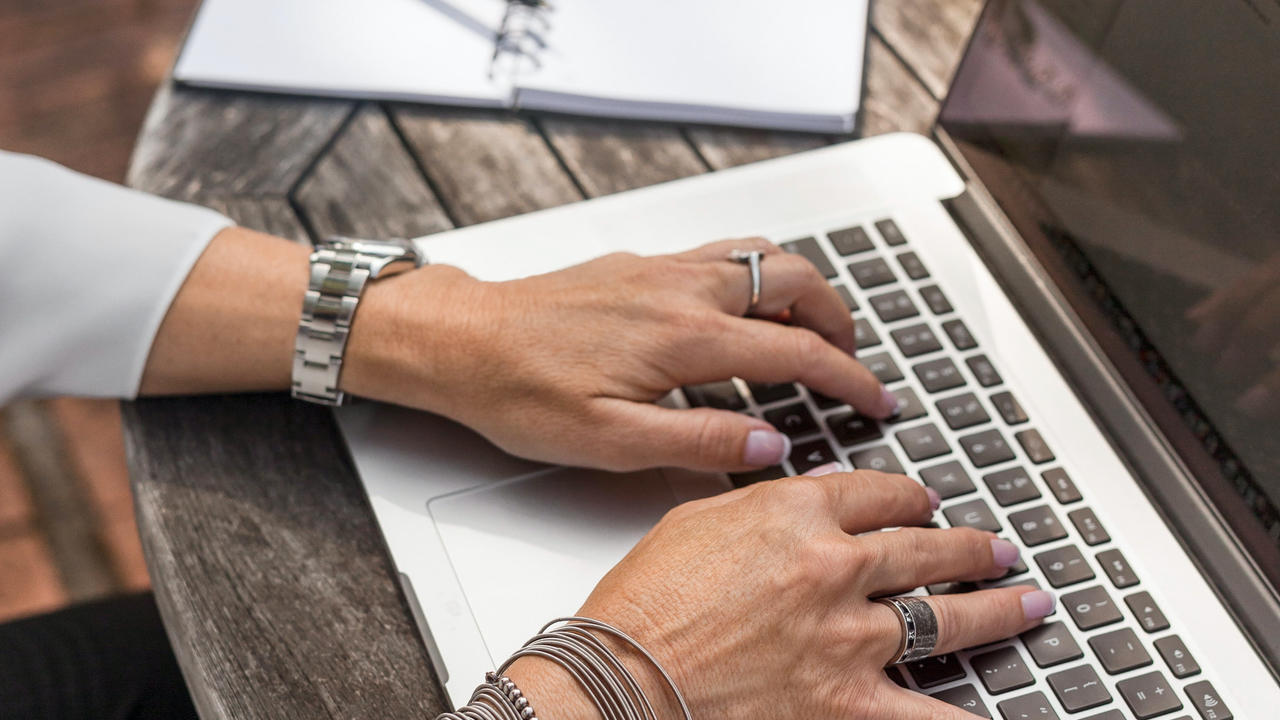How to Help Your Small Business Thrive During the Coronavirus by Elena Stewart

This is a guest post by certified life coach, Elena Stewart
It’s no surprise that the coronavirus lockdown is having a major impact on small businesses. As many retailers have been forced to close and consumers are hesitant to spend on non-essentials during this period of financial uncertainty, small businesses are struggling to stay afloat. Despite these setbacks, there’s a lot business owners can do to drive sales and prepare for reopening. From short-term cash flow strategies to in-store improvements, here are some effective ways to keep your business going during the pandemic.
Learn from Your Competition
Look for businesses that are managing to get by during the pandemic to find out which strategies might work for you.
- Small business retailers are driving immediate revenue by promoting gift cards, offering pre-orders, and discounting underperforming products.
- Restaurants have shifted their focus to take-out and delivery services.
- Service-based businesses are pivoti ...
Resilient Business, Resilient Self - Part 2 of 2

RESILIENCE
re·sil·ience /rəˈzilyəns/
-
the capacity to recover quickly from difficulties; toughness.
-
the ability of a substance or object to spring back into shape; elasticity.
PsycologyToday.com says RESILIENCE is the process of being able to adapt well and bounce back quickly in times of stress. It involves developing thoughts, behaviors, and actions that allow you to recover from traumatic or stressful events in life.
In our most recent blog post, I covered the qualities of businesses that are resilient - that survive and grow - even in the event of an economic recession. One thing is clear... part of what makes a company resilient is having a leader that is resilient, and in this post I'm going to cover resilience as a personal skill, what it is and how to build it up.
Heroes would never be heroes if they weren’t given a challenge to rise to!
Psychologist Susan Kobasa says resilient people:
- View diff ...
Resilient Business, Resilient Self - Part 1 of 2

With the various components affecting our modern business environment, such as geopolitics, economic cycles, globalization of the workforce and supply chains, and fast-changing technology... a higher volatility in our business environment IS the new NORM.
Building resilience skills will help you when the economy is on shaky ground AND will also serve you when the economy is back to something closer to "normal." In this blog post, I'm going to cover what resilience looks like for businesses, and I'll follow it up with a second post on building your own personal resilience.
Resilience in Business
2 Comprehensive Studies (and what they found)
Both studied how major economic downturns affected companies and what those companies did to get through recessions successfully, and in some cases, came out the other side of it in better standing than they were when the economic downturn began.
*Study 1: 1100 companies, range of industries and geographies, one recession time period
*St...
How to Change a Bad Habit or Create a Good Habit

Changing a Bad Habit or Creating a Good Habit is a process. It’s not easy, but it is scientific and you can control it.
Here’s an overview of the process to change or create a habit with more explanation below.
- Figure out what the cue is
- Replace the bad habit behavior with a new one, and make sure there is some sort of reward for the new behavior
- Start small and take incremental steps (the rewards can be small too)
- Prime your environment
- Focus on habits that influence other habits
Figure out your cues
Do you walk into the kitchen when you’re bored or restless, and you find yourself reaching for a snack when you’re not even hungry? It could be that your cue is the feeling of being bored or restless or even the action of walking into the kitchen.
Implement a More Positive Behavior
Sometimes, simply swapping a behavior in an existing loop for a new one is easier than eliminating the loop all together. Instead of walking into the kitchen when you’re feeling that way, tr...

